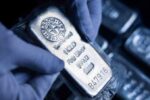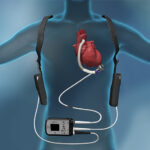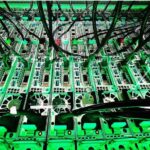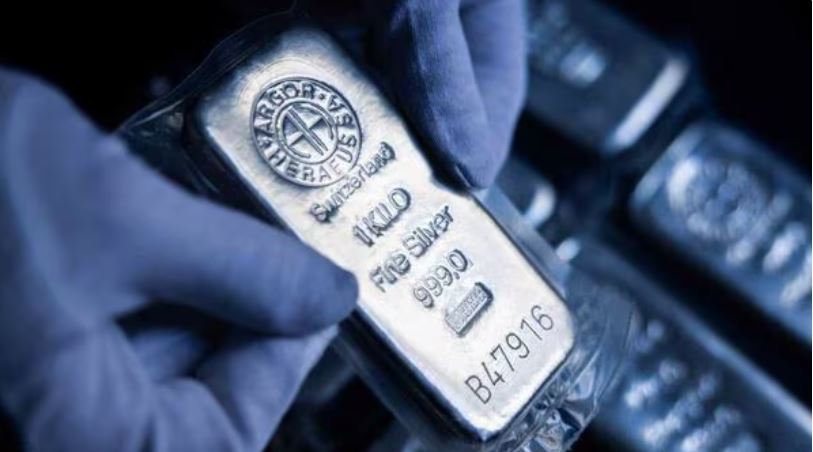The sinus dilation devices market is experiencing a period of significant growth, driven by an increasing prevalence of chronic sinusitis, advancements in medical technology, a growing demand for minimally invasive procedures, and a confluence of factors that are transforming the landscape of sinus surgery. This blog post delves into the key drivers propelling this market forward, shedding light on the innovations and trends shaping its trajectory.
The Rising Tide of Chronic Sinusitis
One of the primary catalysts for the growth of the sinus dilation devices market is the escalating prevalence of chronic sinusitis. This condition, characterized by persistent inflammation and blockage of the nasal passages and sinuses, affects millions worldwide. As chronic sinusitis continues to rise, so does the demand for effective treatment options, including minimally invasive procedures that utilize sinus dilation devices.
Chronic sinusitis is a common condition that affects millions of people worldwide. According to the Centers for Disease Control and Prevention (CDC), 28.9 million people in the United States suffer from chronic sinusitis. The increasing prevalence of chronic sinusitis is driving the demand for effective treatment options, including sinus dilation devices.
The Allure of Minimally Invasive Procedures
Traditional sinus surgery often involved extensive incisions and prolonged recovery times. However, minimally invasive techniques, such as balloon sinuplasty, have revolutionized the field. Sinus dilation devices, including balloon catheters and other innovative tools, enable surgeons to perform precise procedures with minimal invasiveness, resulting in faster recovery times, reduced pain, and improved patient outcomes. Patients are increasingly seeking minimally invasive procedures that offer faster recovery times and reduced complications. Sinus dilation devices, such as balloon sinuplasty, offer a minimally invasive alternative to traditional sinus surgery.
Technological Advancements: A Breath of Innovation
The sinus dilation devices market is witnessing a surge in technological advancements, with manufacturers continuously developing new and improved devices. These innovations encompass a range of features, including:
- Improved Materials: Next-generation materials are being employed to enhance the durability, flexibility, and biocompatibility of sinus dilation devices, ensuring optimal performance and patient safety.
- Advanced Imaging: The integration of advanced imaging technologies, such as endoscopy and computed tomography (CT), enables surgeons to visualize the sinuses with greater precision, facilitating more accurate and effective procedures.
- Data-driven Insights: The collection and analysis of data from sinus dilation procedures are providing valuable insights into patient outcomes and treatment efficacy, paving the way for personalized treatment approaches.
Advancements in medical technology have led to the development of innovative sinus dilation devices that offer improved efficacy and safety. Some of the key advancements include:
- Balloon Sinuplasty: A minimally invasive procedure that uses a balloon catheter to dilate the sinuses.
- Sinus Stents: Small, implantable devices that help to keep the sinuses open and promote drainage.
- Navigation Systems: Advanced navigation systems that enable surgeons to locate and treat sinus blockages precisely.
On October 22, 2024, the XprESS Multi-Sinus Dilation Tool received FDA clearance for trans-nasal balloon dilation of the sinus outflow tract. The device combines a curved suction tip, frontal ostium seeker, and balloon dilation, allowing for precise tracking of the sinus ostium. Its re-shapeable distal end enables a single balloon to be modified for use in multiple sinuses within the same patient. This innovative device is expected to drive growth in the sinus dilation devices market, offering a convenient and effective treatment option for patients with chronic sinusitis.
Increasing Adoption of In-Office Procedures
In-office procedures, such as balloon sinuplasty, are becoming increasingly popular due to their convenience and cost-effectiveness. The growing adoption of in-office procedures is driving the demand for sinus dilation devices.
Rising Healthcare Expenditure
Global healthcare expenditures are increasing, driven by an aging population, rising incomes, and an increasing prevalence of chronic diseases. This is expected to drive the demand for sinus dilation devices.
On December 23, 2024, Merit Medical received FDA clearance for its Wrapsody endoscopic sinus dilation system. The Wrapsody system is designed to treat chronic sinusitis in office-based and operating room procedures. The system’s clearance highlights the growing trend of minimally invasive sinus dilation procedures, which is driving growth in the sinus dilation devices market. The Wrapsody system’s unique design and FDA clearance are expected to expand Merit Medical’s presence in the sinus dilation market and provide a new treatment option for patients.
A Global Perspective: Expanding Horizons
The sinus dilation devices market is not confined to developed countries. As healthcare infrastructure and awareness of minimally invasive procedures improve in emerging economies, the demand for these devices is expected to surge. This global expansion presents significant opportunities for market players to tap into new and untapped markets. According to recent research, the global sinus dilation devices market was estimated at USD 2.99 billion in 2023 and is expected to grow at a compound annual growth rate (CAGR) of 9.6% from 2023 to 2030.
The Future of Sinus Dilation Devices: A Promising Outlook
The sinus dilation devices market is poised for continued growth, driven by the increasing prevalence of chronic sinusitis, the growing preference for minimally invasive procedures, and the relentless pursuit of technological innovation. As the industry continues to evolve, we can expect to see even more sophisticated devices that offer greater precision, safety, and efficacy, ultimately improving the quality of life for patients with sinus conditions.















